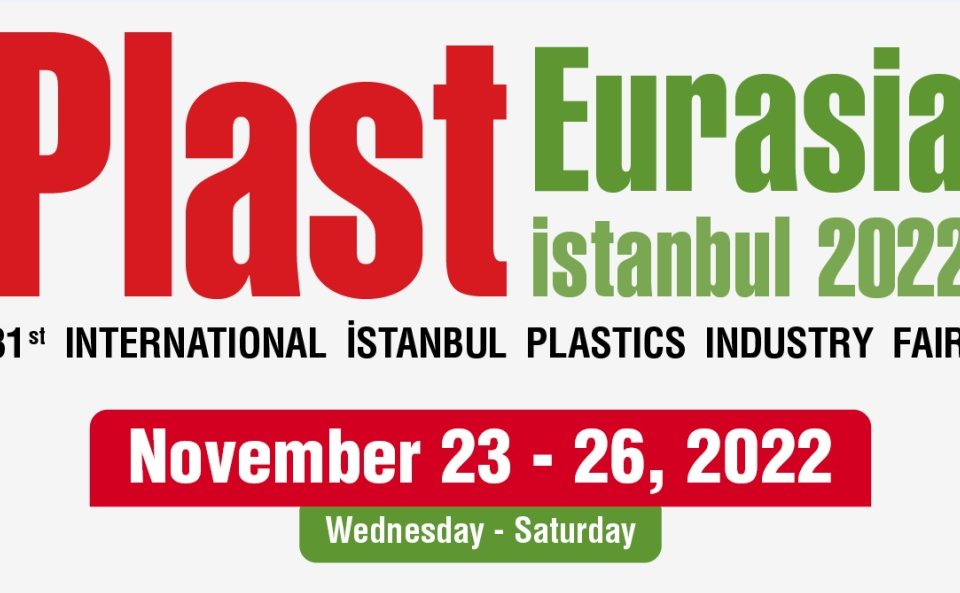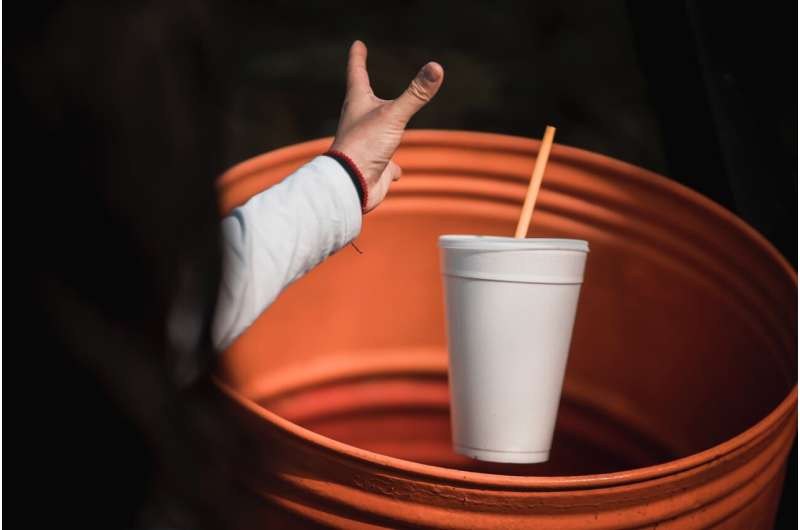Novel coating can turn paper into plastic

Novel coating can turn paper into plastic
For the first time, a team of researchers has found a way to imbue relatively sustainable paper materials with some of the useful properties of plastic. The team has developed a coating called Choetsu that not only waterproofs paper but also maintains its flexibility, while degrading safely as well. The researchers describe the new coating in a paper in Industrial & Engineering Chemistry Research.
By and large, plastic materials are detrimental to the environment, with plastic pollution washing up on beaches, spoiling rivers and killing countless animals. Yet the problem of plastic pollution often seems completely intractable given the ubiquity of plastic materials in everyday life.
Zenji Hiroi from the Institute for Solid State Physics at the University of Tokyo in Japan and his team have been exploring ways in which materials science can help. This led them to try replacing some uses of plastic with something more sustainable: paper.
“The main problem with plastic materials as I see it is their inability to degrade quickly and safely,” said Hiroi. “There are materials that can degrade safely, such as paper, but obviously paper cannot fulfil the vast range of uses plastic can. However, we’ve found a way to give paper some of the nice properties of plastic, but with none of the detriments. We call it Choetsu, a low-cost biodegradable coating that adds waterproofing and strength to simple paper.”
Choetsu is a mixture of materials that spontaneously generates a strong and waterproof film when exposed to moisture in the air. The coating comprises safe and low-cost chemicals, mostly methyltrimethoxysilane, some isopropyl alcohol and a small amount of tetraisopropyl titanate.
The idea is to spray or dip paper structures, such as food containers, into this liquid mixture and then leave them to dry at room temperature. Once dry, a thin layer of silica-containing methyl, a type of alcohol, forms on the cellulose fibers making up the paper, conferring enhanced strength and waterproof properties.
In addition, the reactions that take place during the coating procedure automatically produce a layer of titanium dioxide nanoparticles. These give rise to a dirt- and bacterial-repellent property known as photocatalytic activity, which protects the coated item for an extended period of time. All of the chemicals used in the coating eventually break down into harmless compounds such as carbon, water and sand-like silicon.
“The technical challenge is complete, and some applications could be realized soon, such as items for consuming, packaging or storing food,” said Hiroi. “We now hope to use this approach on other kinds of materials as well. The liquid composition can be tuned for other materials, and we can create a dirt- and mold-resistant coating that could form onto glass, ceramics and even other plastics to extend their usefulness.”
This story is adapted from material from the University of Tokyo, with editorial changes made by Materials Today. The views expressed in this article do not necessarily represent those of Elsevier.




2 Comments
I love your blog.. very nice colors & theme. Did you make this website yourself or did you hire
someone to do it for you? Plz answer back as I’m looking to create my own blog and would
like to know where u got this from. appreciate it
respectfully announce that all done in our company.